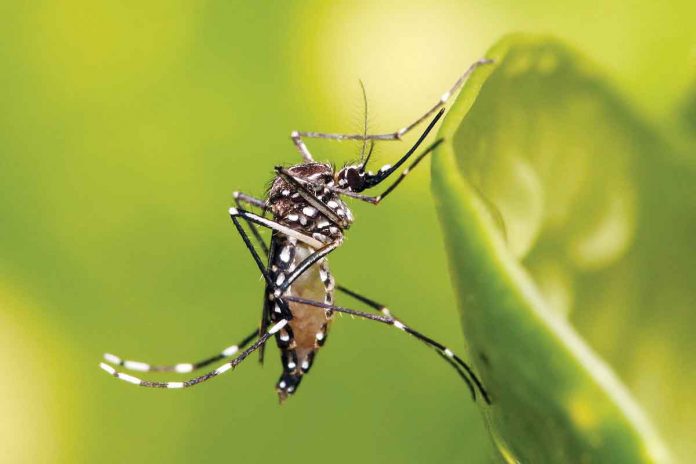
ILOILO – In line with the fight against dengue and Japanese encephalitis, the provincial government will conduct a province-wide cleanup drive dubbed “Limpyo Iloilo”.
Coordination between the Provincial Government Environment and Natural Resources Office (PGENRO) and the 43 local government units (LGUs) is ongoing for the cleanup drive which will be held before the end of June.
“We will campaign kasi it’s [Japanese encephalitis] like dengue; the agent is mosquito. We will have ‘Limpyo Iloilo’ which is specific to this concern,” said Gov. Arthur Defensor Jr.
The governor said Limpyo Iloilo will target mosquito-breeding places, but it also has another benefit – a clean province fit for tourism promotion.
PGENRO senior environmental management specialist Mitzi Peñaflorida said there will also be planting of native and fruit-bearing trees.
“Depende sa mga banwa [on what trees to plant], but gina-promote naton native and fruit trees,” Peñaflorida said.
She added that some towns already conducted cleanup drive last week, while others will have it this Friday, June 23.
The provincial government began Limpyo Iloilo in 2020.
“It aims to achieve a clean province for health, tourism and progress. It also promotes the culture and character of cleanliness and the spirit of volunteerism among Ilonggos,” said Defensor.
Other “Limpyo” partners are nongovernment organizations, religious sector, people’s organizations, youth organizations, and cooperatives.
As of June 3, the province logged 14 cases of Japanese encephalitis with four deaths.
As of June 10, there were 571 dengue cases with one death recorded in the province — seven percent higher compared to last year’s 535 with six deaths in the same period.
Dengue is a mosquito-borne viral infection that causes a severe flu-like illness that can sometimes be fatal. Its carriers are day-biting mosquitoes (Aedes albopictus and Aedes aegypti) that live and breed in clean, stagnant water.
According to the World Health Organization, individuals should suspect dengue when a high fever (40 degrees centigrade) is accompanied by two of the following symptoms: severe headache, pain behind the eyes, nausea, vomiting, swollen glands, muscle and joint pains, and rashes.
For severe dengue, the warning signs to look out for are: severe abdominal pain, persistent vomiting, rapid breathing, bleeding gums, blood in the vomit, fatigue, and restlessness.
Meanwhile, Japanese encephalitis is caused by the Japanese encephalitis virus which can be transmitted through bites from mosquitos called Culex tritaeniorhynchus that live in rural/agricultural areas such as rice-growing and pig-farming regions.
Most people who get infected experience mild or no symptoms. In people who develop severe disease, early symptoms include fever, headache and vomiting. These symptoms may be followed by disorientation, coma, and seizures. Seizures are more common in children./PN



